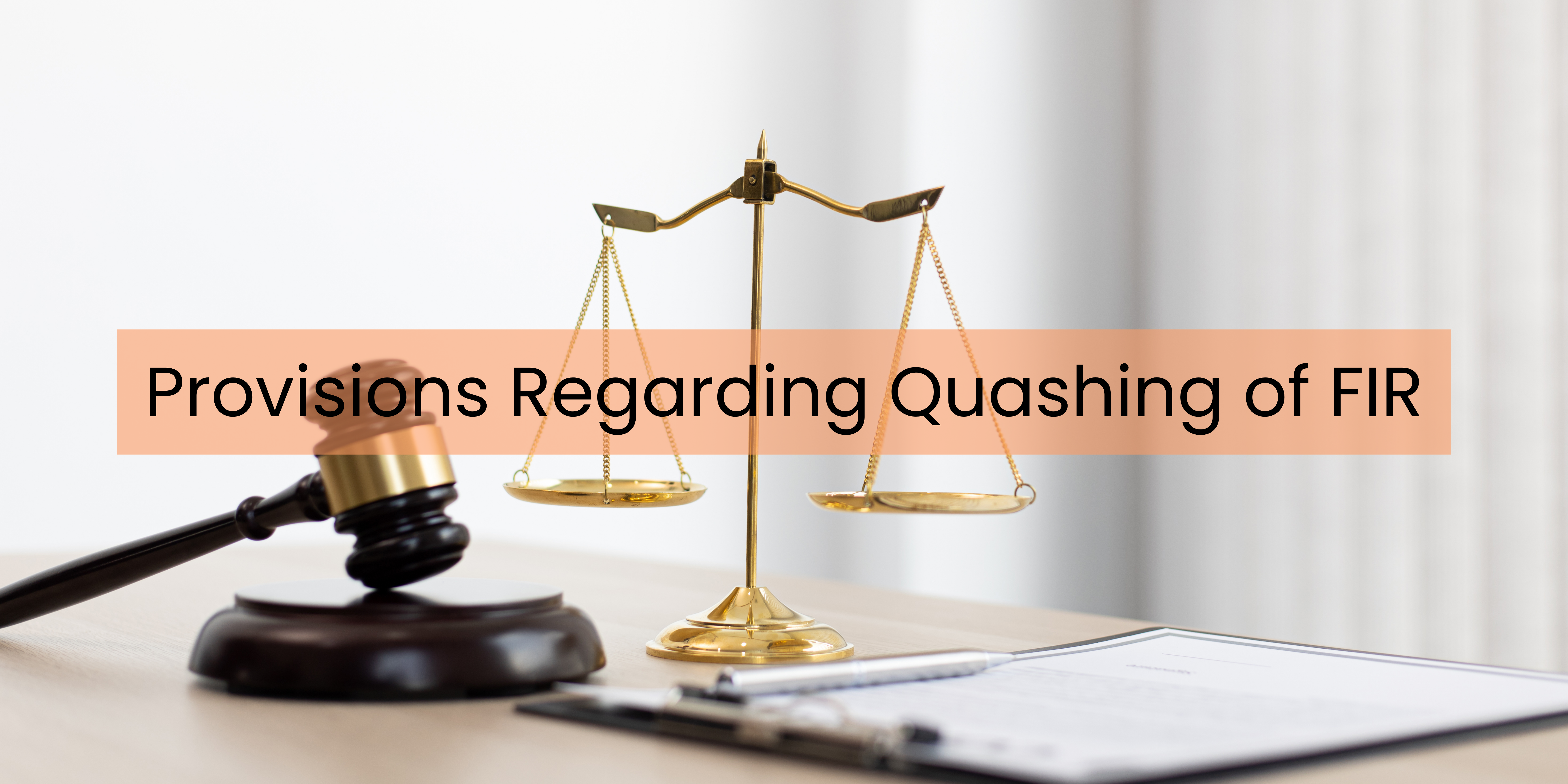In a diverse country like India, access to justice for all citizens is a fundamental right enshrined in the Constitution. However, the reality often poses challenges, especially for those who cannot afford legal representation or navigate the complexities of the legal system. This is where the important role of legal aid comes into play, ensuring equitable access to justice for every individual.
Understanding Legal Aid:
Legal aid encompasses the provision of free or subsidized legal services to those unable to afford legal representation. It aims to bridge the justice gap by ensuring that all individuals, regardless of their financial status, have access to legal advice, assistance, and representation.
The Legal Services Authorities Act:
The Legal Services Authorities Act of 1987 forms the backbone of India’s legal aid system. It establishes statutory bodies, namely the National Legal Services Authority (NALSA), State Legal Services Authorities (SLSAs), District Legal Services Authorities (DLSAs), and Taluk Legal Services Committees (TLSCs), responsible for implementing legal aid programs across the country.
Core Objectives of Legal Aid:
1. Promoting Equal Access:
The primary objective of legal aid is to level the playing field by offering legal support to marginalized communities, women, children, persons with disabilities, and other vulnerable groups. It strives to bridge the gap between those who have access to legal assistance and those who do not.
2. Legal Awareness and Empowerment:
Legal aid initiatives aim to enhance legal literacy among the populace. These programs conduct workshops, seminars, and outreach campaigns to educate individuals about their legal rights, thereby empowering them to assert and defend their rights effectively.
3. Providing Representation and Assistance:
One of the pivotal roles of legal aid is providing representation and guidance to individuals involved in legal disputes. It ensures that the underprivileged receive legal advice, assistance in court proceedings, and mediation services, facilitating fair and impartial justice.
Legal aid services are delivered through various channels, including:
1. Legal Advice Clinics:
Offering free legal counsel to individuals seeking guidance on diverse legal matters.
Legal Aid Cells: Engaging law students under the supervision of qualified lawyers to provide legal assistance while fostering practical legal education.
2. Mobile Legal Aid Clinics:
Reaching remote and underserved communities by offering legal services directly to those lacking easy access to legal facilities.
3. Online Legal Aid Services:
Leveraging technology to provide consultations, advice, and information through websites, helplines, and virtual platforms.
Impact and Importance of Legal Aid:
Legal aid has a profound impact on society by ensuring that justice is not a privilege reserved for the affluent but a right accessible to all. It empowers marginalized sections of society, protects their rights, and prevents exploitation.
The provision of legal aid not only resolves individual disputes but also contributes to a fairer and more just society. It helps in reducing the backlog of cases in courts by facilitating early resolution through mediation and alternative dispute resolution mechanisms.
Challenges and the Way Forward:
Despite its significance, legal aid faces challenges such as inadequate funding, limited awareness in remote areas, bureaucratic hurdles, and a shortage of legal professionals willing to engage in pro bono work. To strengthen the legal aid system, concerted efforts are required, including increased funding, better infrastructure, expanded outreach programs, and enhanced cooperation between legal aid authorities and the legal community.
Conclusion:
To conclude, legal aid is a ray of hope, ensuring that justice remains accessible to every individual in India. It serves as a safeguard for the vulnerable, upholds the principles of fairness and equality, and fosters a society where the law acts as a shield for those in need.
By advocating for legal aid, we uphold the ideals of democracy, reinforcing the belief that justice should be within reach for all, irrespective of their socioeconomic background. The tireless efforts of legal aid initiatives continue to shape a more inclusive and equitable society, where the law is a tool for empowerment and social change.


